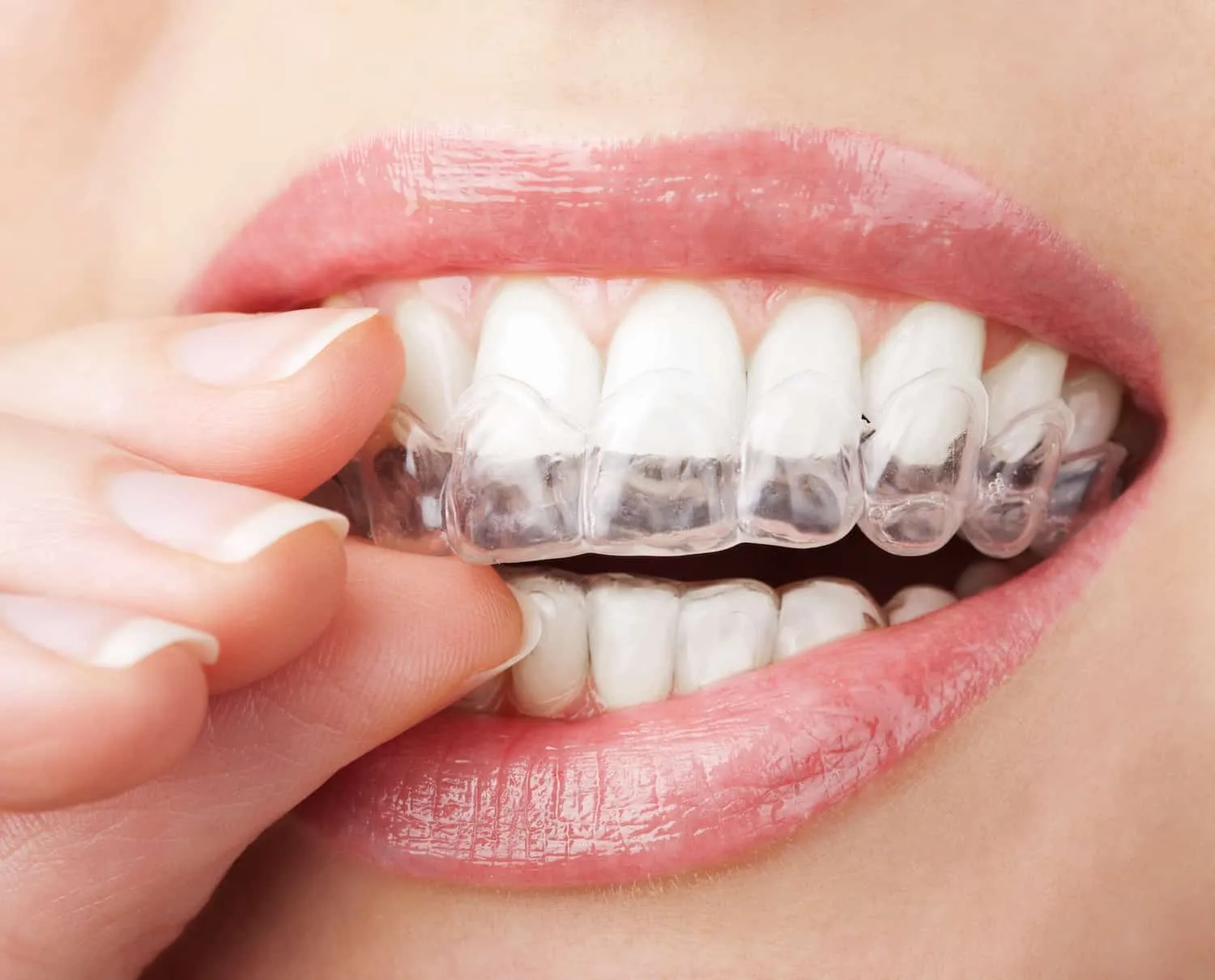Whitening Toothpaste: Top 5 Risks & Side Effects
The pursuit of a brighter smile often leads many to the shelves stocked with whitening toothpaste. Marketed with promises of dazzling results, these products have become a staple in many oral hygiene routines. However, behind the gleaming packaging and enticing advertisements lies a reality that every user should understand. While whitening toothpaste can offer a temporary boost to your smile’s aesthetics, it is crucial to be aware of the potential risks and side effects. This article delves into the top five potential downsides of using whitening toothpaste, providing you with the knowledge needed to make informed decisions about your oral health. Understanding these risks is the first step in ensuring that your quest for a whiter smile does not come at the expense of your teeth’s health and well-being.
Understanding Whitening Toothpaste & Its Ingredients
Before diving into the risks, it’s essential to understand how whitening toothpaste works. The primary goal of these products is to remove surface stains, caused by substances such as coffee, tea, and tobacco, and lighten the overall appearance of your teeth. This is achieved through a combination of abrasive agents and chemical compounds. These ingredients are designed to either physically scrub away stains or chemically break them down. Understanding the ingredients and their functions is key to evaluating the potential impact on your teeth and gums. Whitening toothpaste does not fundamentally alter the intrinsic color of your teeth like professional bleaching treatments, which penetrate deeper into the enamel.
The Science Behind Whitening Toothpaste
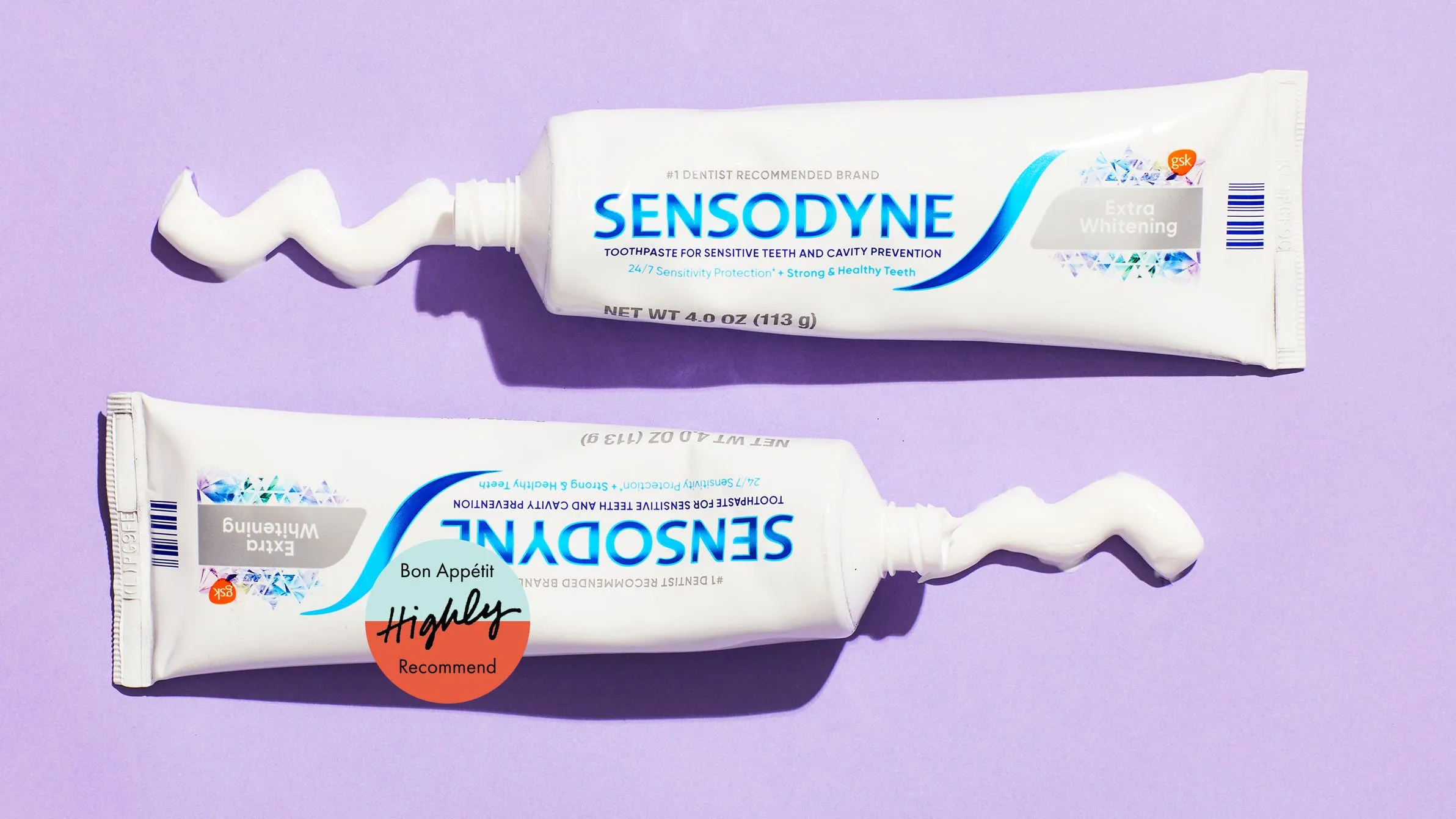
The science behind whitening toothpaste revolves around two main mechanisms: abrasion and chemical reactions. Abrasive ingredients such as hydrated silica and calcium carbonate work by physically scrubbing the tooth surface to remove stains. These abrasives are designed to be effective yet gentle enough not to cause excessive wear on the enamel. Chemical reactions are facilitated by ingredients like hydrogen peroxide or carbamide peroxide (though at much lower concentrations than in professional treatments). These peroxides release oxygen molecules that penetrate the enamel and break down stain molecules. The effectiveness of these products depends on the concentration of these ingredients, the frequency of use, and the nature of the stains.
Common Ingredients & Their Role
Several ingredients play a crucial role in the whitening and cleaning process. Abrasives, as mentioned, physically remove stains. Peroxides act as bleaching agents. Other ingredients, such as pyrophosphates, help to prevent new stains from forming by controlling tartar buildup. Fluoride is often included to strengthen enamel and protect against tooth decay, which is a positive attribute in any toothpaste. Detergents create the foaming action that helps to distribute the toothpaste throughout the mouth. Flavoring agents, such as mint, enhance the user experience. The combination and concentration of these ingredients determine the toothpaste’s efficacy and potential side effects.
Risk 1 Tooth Sensitivity & Discomfort
One of the most common side effects of using whitening toothpaste is increased tooth sensitivity. This discomfort manifests as a sharp, shooting pain or ache when consuming hot, cold, sweet, or acidic foods and drinks. This sensitivity arises because whitening agents and abrasive particles can irritate the tooth enamel and, in some cases, the underlying dentin, where the tooth’s nerves are located. This irritation makes the teeth more vulnerable to external stimuli, leading to discomfort and, in severe cases, significant pain. The intensity of the sensitivity can vary widely depending on the individual, the ingredients in the toothpaste, and the frequency of use.
Why Sensitivity Occurs
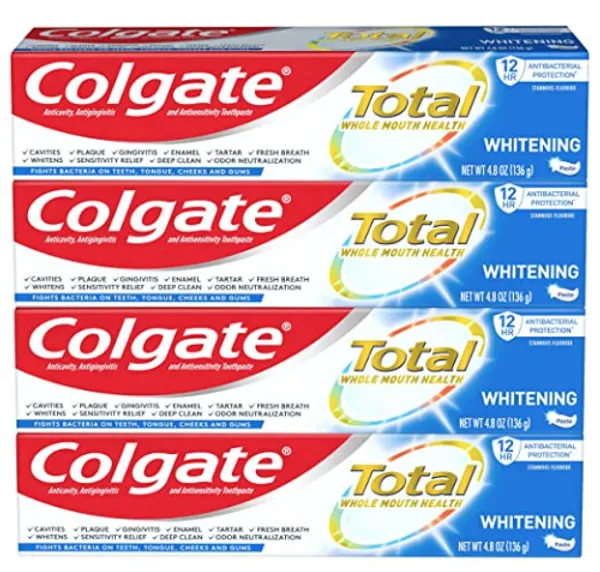
Sensitivity occurs because the enamel, the hard outer layer of the tooth, is porous. Whitening agents can penetrate these pores, irritating the nerves within the tooth. Abrasive agents, especially when used aggressively, can wear down the enamel, exposing the underlying dentin. Dentin contains tiny tubules that lead directly to the nerves, making the teeth more sensitive. Individuals with pre-existing conditions, such as receding gums or thin enamel, are particularly susceptible to this effect. Overuse of whitening toothpaste exacerbates the problem, as the constant exposure to abrasive agents and chemicals can further compromise the enamel’s integrity.
How to Manage Sensitivity
If you experience tooth sensitivity, there are several steps you can take to manage it. Reduce the frequency of use of whitening toothpaste. Switch to a toothpaste specifically designed for sensitive teeth, which contains ingredients like potassium nitrate that help to block the transmission of pain signals to the brain. Use a soft-bristled toothbrush and brush gently to avoid further enamel erosion. Rinse your mouth with lukewarm water after brushing, and avoid overly hot or cold foods and beverages. Consult your dentist, who may recommend fluoride treatments or other professional interventions to strengthen your enamel and reduce sensitivity.
Risk 2 Enamel Erosion
Enamel erosion is another significant concern associated with the use of whitening toothpaste. Enamel, the protective outer layer of your teeth, is the hardest substance in the human body but is susceptible to damage from abrasive ingredients found in these products. Over time, the constant abrasion can wear down the enamel, making the teeth more vulnerable to decay, staining, and sensitivity. Erosion can also change the shape and appearance of the teeth, leading to a less attractive smile. This is a gradual process, but prolonged use of abrasive whitening toothpaste significantly increases the risk.
What is Enamel Erosion

Enamel erosion refers to the gradual wearing away of the tooth enamel. This process can be caused by a combination of factors, including the abrasive action of whitening toothpaste, acidic foods and drinks, and certain medical conditions. Once enamel is eroded, it cannot be replaced, making this a permanent form of damage. As the enamel thins, the underlying dentin becomes more exposed. Dentin is softer and more porous than enamel, making the teeth more vulnerable to sensitivity and decay. The teeth may also appear more yellow, as the dentin is naturally yellow.
Factors Contributing to Enamel Erosion
Several factors contribute to enamel erosion. The abrasiveness of the whitening toothpaste is a primary concern. The higher the RDA (Relative Dentin Abrasivity) value, the more abrasive the toothpaste is. Excessive brushing pressure and improper brushing techniques can also accelerate erosion. Frequent use of whitening toothpaste, especially multiple times a day, increases the cumulative abrasive effect. Consuming acidic foods and drinks, such as citrus fruits and soda, can further weaken the enamel, making it more susceptible to erosion. Individuals with dry mouth or acid reflux are also at higher risk.
Risk 3 Gum Irritation
Gum irritation is a common side effect of whitening toothpaste, characterized by redness, swelling, and tenderness in the gums. This can occur due to the abrasive nature of the toothpaste and the presence of certain chemical ingredients. Irritated gums are more prone to inflammation and may bleed easily during brushing or flossing. This condition can also contribute to gum recession, further exposing the tooth roots and increasing the risk of sensitivity and decay. Persistent gum irritation requires attention to maintain good oral hygiene practices and to avoid further complications such as gingivitis or periodontitis.
Causes of Gum Irritation
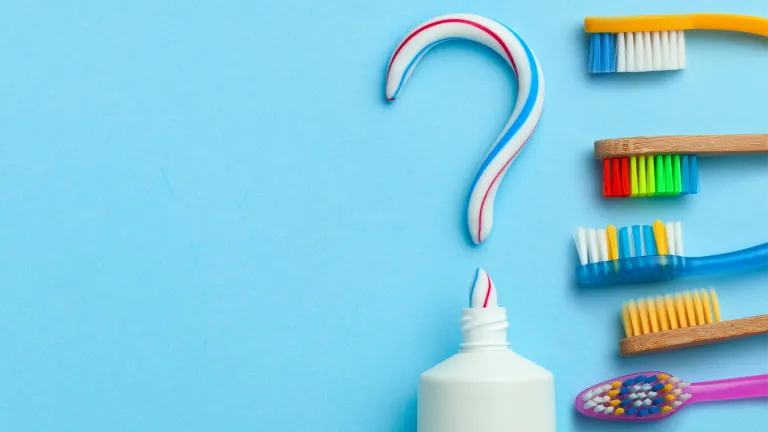
The causes of gum irritation from whitening toothpaste are often multifaceted. Abrasive particles in the toothpaste can physically irritate and damage the delicate gum tissues, especially if brushing is too aggressive. Chemical components, such as peroxides and certain detergents, can also cause inflammation and irritation. Allergic reactions to ingredients in the toothpaste are possible, although less common. Using too much toothpaste or brushing too frequently can exacerbate the problem. Individuals with pre-existing gum conditions, such as gingivitis or periodontitis, are particularly susceptible to irritation from whitening toothpaste.
Preventing Gum Irritation
To prevent gum irritation, use a soft-bristled toothbrush and brush gently, paying close attention to your brushing technique. Use a small amount of toothpaste, about the size of a pea. Avoid brushing too frequently, sticking to twice a day. Rinse your mouth thoroughly after brushing to remove any remaining toothpaste residue. If you experience gum irritation, consider switching to a toothpaste formulated for sensitive gums, or consult your dentist. Regular flossing and professional dental cleanings can also help to maintain gum health and prevent irritation.
Risk 4 Soft Tissue Damage
Beyond the teeth and gums, whitening toothpaste can also affect the soft tissues of the mouth. This includes the cheeks, tongue, and inner lining of the lips. The high concentrations of peroxide and other chemicals can cause chemical burns or irritation if they come into prolonged contact with these tissues. This can result in painful sores, blisters, and sloughing of the tissues, making eating and speaking uncomfortable. Although these effects are usually temporary, repeated exposure can lead to chronic inflammation and discomfort. It is essential to ensure that the toothpaste does not linger in the mouth for extended periods and to rinse thoroughly after brushing to reduce the risk of soft tissue damage.
How Whitening Agents Affect Soft Tissues
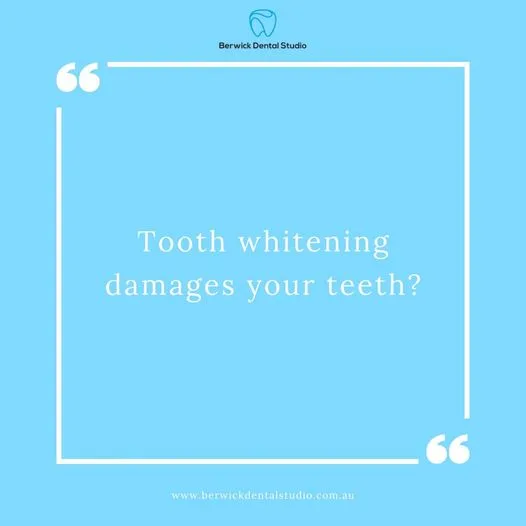
Whitening agents, especially peroxides, can cause chemical burns because they are oxidizing agents. They can disrupt the natural balance of the oral environment. The soft tissues of the mouth are delicate and more susceptible to irritation compared to the harder tissues of the teeth. When these agents come into contact with soft tissues, they can cause inflammation, irritation, and, in severe cases, tissue damage. The extent of the damage depends on the concentration of the whitening agents, the duration of exposure, and the individual’s sensitivity.
Signs of Soft Tissue Damage
The signs of soft tissue damage can vary from mild to severe. Common symptoms include burning sensations, tingling, and redness in the mouth. Sores or blisters may develop on the gums, cheeks, tongue, or lips. The affected tissues may also appear white or sloughed off. In severe cases, swallowing can become difficult and painful. If you notice any of these signs, stop using the whitening toothpaste immediately and consult your dentist. Prompt treatment can help prevent complications and ensure the tissues heal properly.
Risk 5 Ineffective Whitening & False Expectations
While whitening toothpaste can remove surface stains, it may not always deliver the dramatic whitening results promised in advertisements. This is because these products are designed to address extrinsic stains and do not penetrate the deeper layers of the teeth. The effectiveness varies depending on the type and severity of stains, as well as the individual’s natural tooth color. Setting unrealistic expectations can lead to disappointment and frustration. Relying solely on whitening toothpaste may not be sufficient for achieving the desired level of whiteness. The effectiveness is also limited by the fact that the concentration of whitening agents is much lower than in professional treatments.
Why Whitening Results May Vary

The results from whitening toothpaste can vary significantly from person to person. Factors such as the type of stains present on the teeth, the individual’s natural tooth color, and the porosity of the enamel all play a role. People with darker teeth or those with intrinsic stains (stains within the tooth structure) may see minimal improvement. The frequency and duration of toothpaste use, as well as the individual’s oral hygiene habits, also influence the results. It’s important to understand that whitening toothpaste is not a one-size-fits-all solution. Its effectiveness depends on a multitude of variables.
Realistic Expectations vs Marketing Claims
Marketing claims often exaggerate the effectiveness of whitening toothpaste. It is crucial to approach these products with realistic expectations. While whitening toothpaste can contribute to a brighter smile by removing surface stains, it cannot dramatically change the color of your teeth. Professional whitening treatments, such as those performed by a dentist, use higher concentrations of bleaching agents that can penetrate the enamel and alter the intrinsic color of the teeth. If you are seeking significant whitening, professional options may be more suitable. Always be wary of claims that seem too good to be true.
Conclusion Is Whitening Toothpaste Right for You?
Whitening toothpaste can be a helpful part of your oral hygiene routine. However, it’s essential to weigh the potential benefits against the possible risks. Be aware of the potential side effects, such as tooth sensitivity, enamel erosion, and gum irritation. Choose products with care, considering the ingredients and RDA value. Use the toothpaste as directed and avoid overusing it. If you experience any adverse effects, stop using the product and consult your dentist. For those seeking a more significant whitening effect, professional treatments might be a better option. By being informed and taking precautions, you can work towards achieving a brighter smile while safeguarding your oral health. Remember, a healthy smile is always the most beautiful one.
